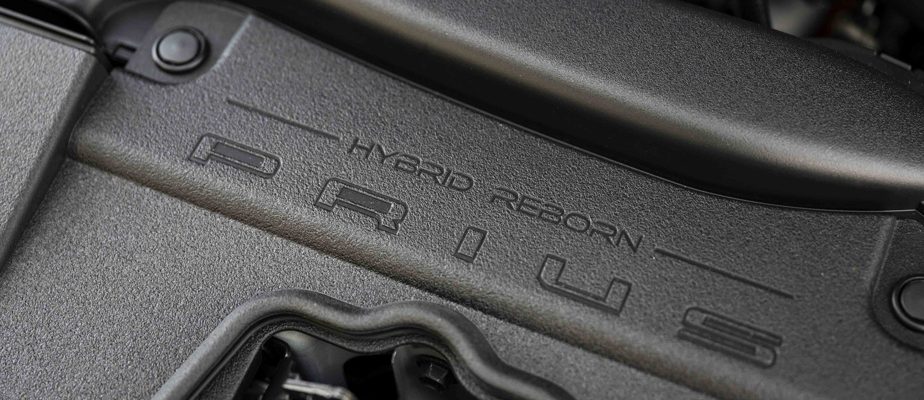Hybrid technology, which combines thermal and electrical mechanics, was not intended to last. It was only to be a transitional offer which would disappear in favor of all-electric. Although the battery vehicle market share is increasing, its pace of growth has so far not been what the industry expected.
Some will say that this is not surprising. The price at which electric vehicles are displayed deters – government aid or not – many consumers from purchasing them. Buyers with deeper pockets are waiting to know if certain announced advances (dry batteries, autonomy, rapid refueling, etc.) will materialize before making the jump.
A helping hand from the EPA
The state of the global economy, the gradual disappearance of public aid, not to mention the uncertainties linked to the next elections south of our border, are currently breaking the momentum of electric vehicles. To these temporary turbulences, we must add another: the recent decision of the American Environmental Protection Agency (EPA). This now includes plug-in hybrids in its energy policy. A boost to the automotive industry which not only (again) saves time, but also finds a little flexibility on the technology front. And a threat to the set goal of eliminating combustion engines by 2035, environmentalists sigh.
Naturally, Toyota, architect of this two-headed engine, welcomes it. At the risk of being singled out, the Japanese manufacturer has been insisting for a while that hybrid technology is the best way to quickly reduce greenhouse gas emissions. As part of a presentation attended The Press, the world number 1 recalled that with the same quantity of lithium, we can produce 1 electric vehicle, or 90 hybrid vehicles. These will have a more impactful impact in the very short term.
